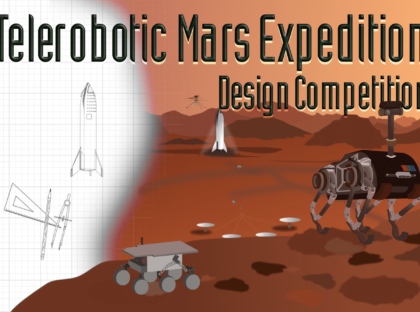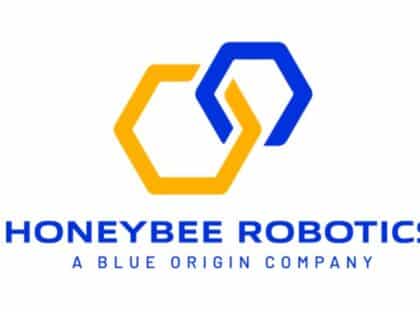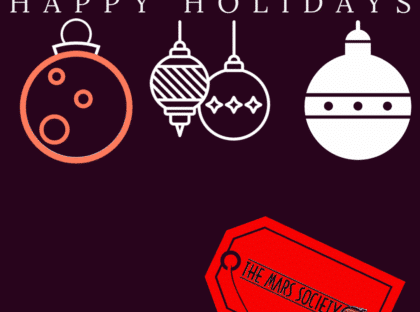
The Mars Society is pleased to announce the launching of a new global contest to design a telerobotic Mars expedition. There will be a prize of $10,000 for first place, $5,000 for second, $2,500 for third, $1,000 for fourth, and $500 for fifth. In addition, the best 20 papers will be published in a new Mars Society book “Telerobotic Mars Expeditions: Exploring the Red Planet with Platoons of Robots.”
An essential requirement for any human Mars exploration mission is a system capable of landing payloads of 10 metric tons or more on the Martian surface. Such systems could first be demonstrated by being used to deliver expeditions consisting of platoons of robots, including wheeled or treaded ground rovers, helicopters, airplanes, balloons, or other types of flight vehicles, and legged robots, including those in humanoid, cat-like, or insectoid forms. Expeditions of this type could return scientific bonanzas while preparing Mars landing sites for human arrival.
The challenge of the Telerobotic Mars Expedition Design Competition (TMEDC) is to design the best such mission using a 10-ton payload Mars lander.
TMEDC teams should assume the existence of a lander capable of delivering a 10 metric ton payload to the surface of the Red Planet. Participating teams need to select the robotic platoon carried by the lander, provide conceptual designs for the robots employed, determine how they will be instrumented and powered, and outline what they will do after landing to achieve the maximum possible benefit for Mars science and future exploration. The robotic crew and its equipment need have a total mass of ten metric tons or less. It should also be able to fit, before deployment on the Martian surface, inside of a lander payload compartment no more than 5 m in diameter and 5 m in height.
The mission does not need to be totally robotic. It can be commanded from Earth, as current rover missions are. In addition to any number of robots desired, the mission can include other equipment, including power systems, construction equipment, ISRU systems, laboratories, communications gear, sample return ascent vehicles, machine tools, 3D printers, or anything else other than living beings, so long as the total mass of the entire expedition (not counting the lander or its payload compartment) is ten metric tons or less.
The planned mission needs to be based on technologies that would allow it to be launched no later than 2033, with sooner being better.
The goal of the design is to produce the maximum possible science return while doing the most to prepare human Mars missions to follow.
In scoring telerobotic expedition designs, points will be allocated on the following basis:
25 points – Engineering design: How credible are the engineering designs of the proposed systems?
20 points – Science return: What will be the scientific return of the expedition?
20 points – Exploration preparation: What will the expedition do to prepare for future human exploration, both at the landing site itself and across Mars in general.
20 points – Cost: Not counting the systems used to deliver the expedition, how much will the mission cost?
15 points – Schedule: How soon could the mission be made ready for flight? How credible is the claim that it could be launched by 2033? How credible is the claim that it could be ready in time for an earlier launch date?
The TMEDC is open to all people from every country. You can work alone or as part of a team. Each contestant will need to submit a report of no more than 20 pages presenting their plan by no later than June 30, 2022. A down select will then be made to the top 10 proposals, whose authors will be invited to present them in person in front of an audience of judges chosen by the Mars Society at the next International Mars Society Convention in October 2022.
A website for registering for the TMEDC has been set up. To use this online registration form, participants must sign in with a Google account.
Please note that all competition entries should be PDF files with a maximum of 20 pages in length, using 12-point Times / Times New Roman font and one-inch margins. There is a maximum file size of 100 MB for your submission as well. Thank you.
We look forward to seeing what you can do and good luck!


